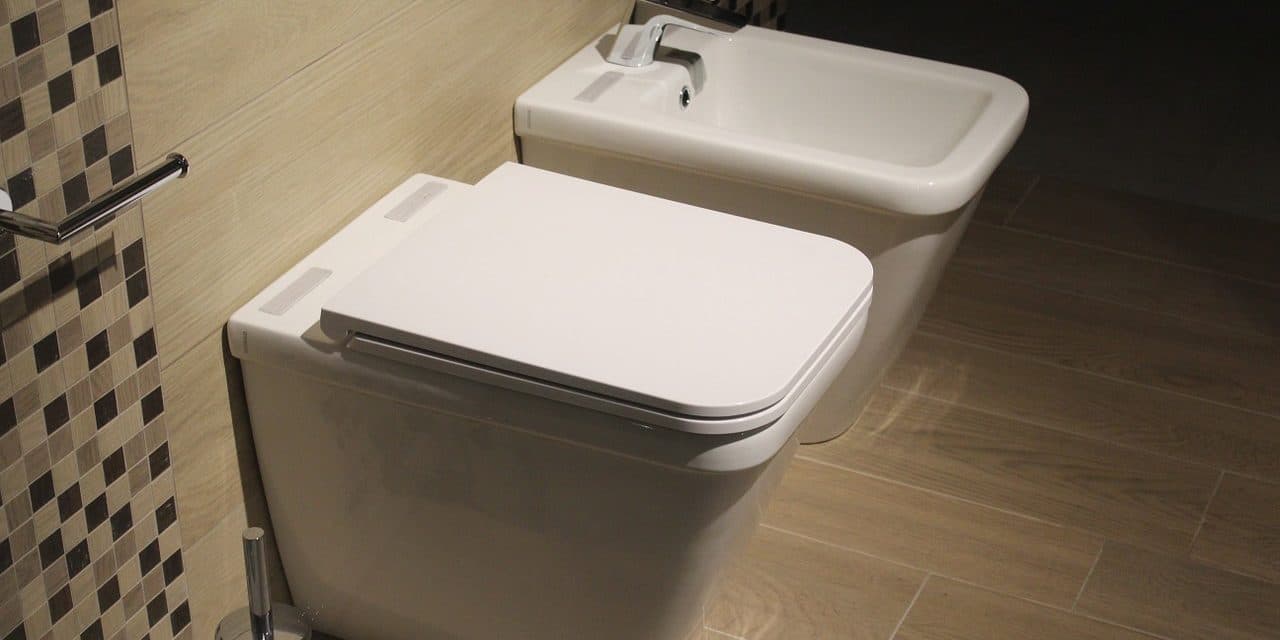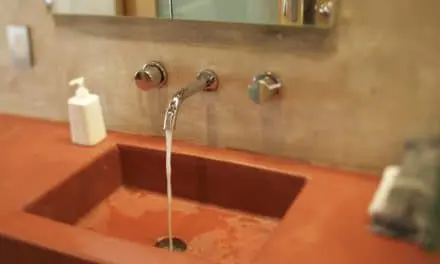You’ve probably heard of them and likely used one too.  Water-saving fixtures are all the rage these days in the world of eco-friendly remodeling, and water-efficient toilets are commonplace in both residential and commercial remodeling.
Water-saving fixtures are all the rage these days in the world of eco-friendly remodeling, and water-efficient toilets are commonplace in both residential and commercial remodeling.
When did water-efficient toilets become a big deal?
In 1994, the government decided that toilets shouldn’t use more than 1.6 gallons per flush, and manufacturers had to comply. Previous versions were using 5-7 gallons of water per flush, which in comparison is a significant amount. Though early efforts in creating more efficient toilets weren’t the most effective pieces of equipment, things have come a long way. Today low-flow and dual-flush toilets consistently work well and are saving water and dollars one toilet at a time.
So what are the differences exactly?
- Low-flow toilets use 1.6 gallons of water per flush or less.
- High-efficiency toilets use even less water, some a little as 1.1 gallons.
- Dual-flush toilets save water by offering separate flush modes: one button for solid waste, one for liquid waste.
Why should I switch?
Switching from a standard to a low-flow toilet can save thousands of gallons of water per year. Replacing your old toilet with a more efficient one is a fairly simple and affordable way of both conserving resources and cutting down on your water bill – ultimately saving you big in the long run.
Need more motivation? The EPA’s WaterSense program website will walk you through why water-saving is important and how it can affect your pocketbook for the better!








